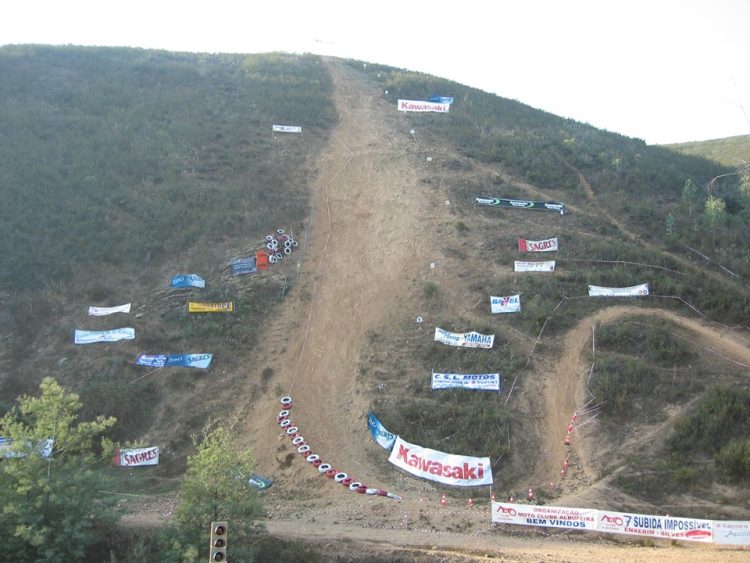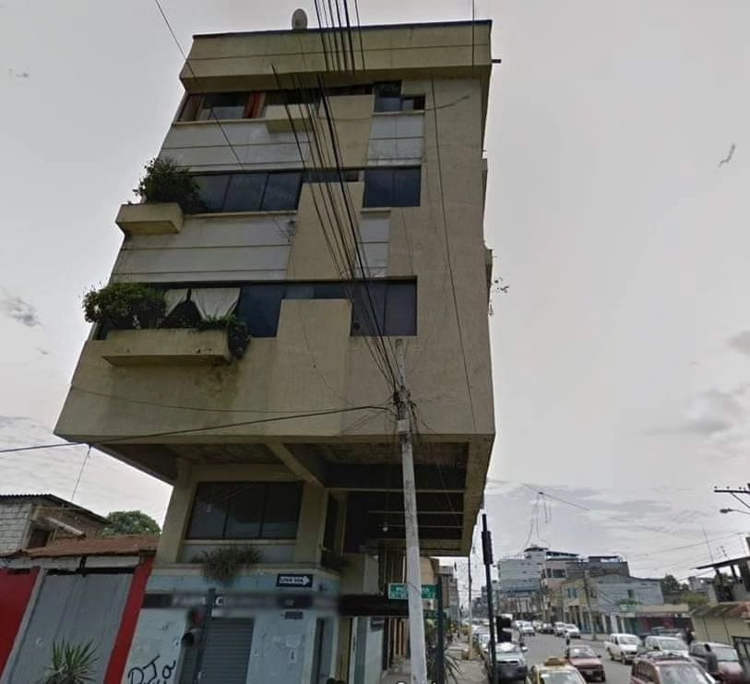Liu Bolin, the man who took the international art world by storm, in 2009, with his incredible ability to merge with the environment, has returned with a new series that makes him even harder to spot.
Nicknamed the “Invisible Man”, Liu Bolin is a master of camouflage art who spends up to 10 hours blending into various backdrops, with the help of paint. He puts on a suit and waits patiently as his helpers cover him in paint matching the colors of the background, until he becomes almost impossible to spot. Passionate about his art, this human chameleon he tries to get every little detail, every crack and crevice just right for that one perfect snapshot. His latest exhibition, Hiding in the City, at New York’s Eli Klein Art Gallery, features some of his best works yet. It wasn’t for the shoes sticking out of the backdrops, I probably would have needed to really look at the photos to figure out where he was hiding. My favorites are the panda camouflage, the magazine stand and the toy aisle, but every one of his creation is simply mind-blowing.





















